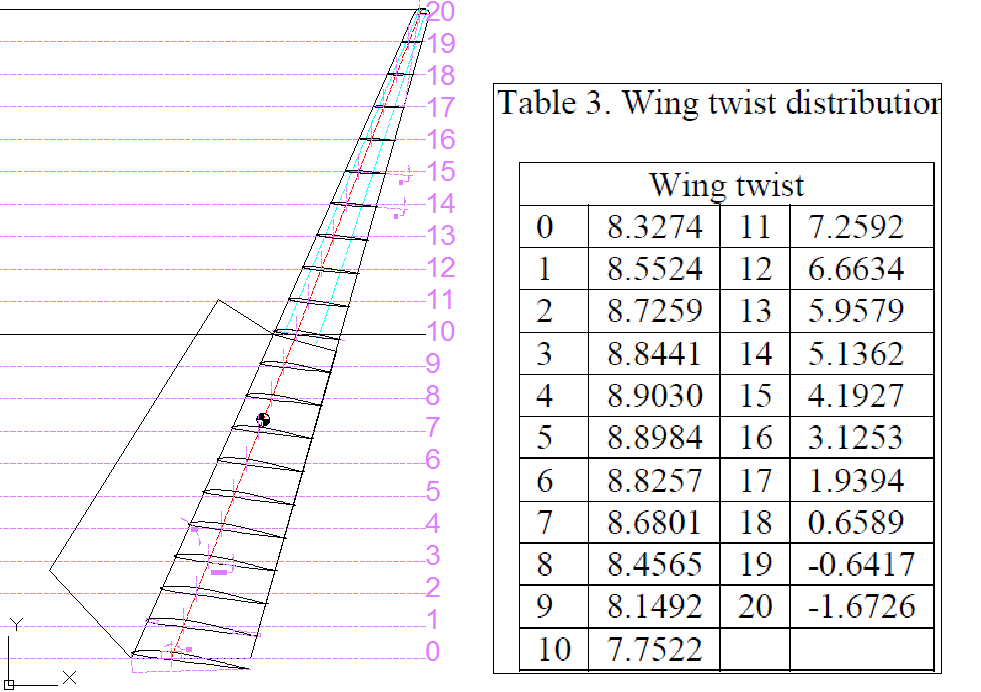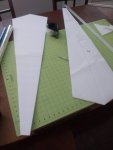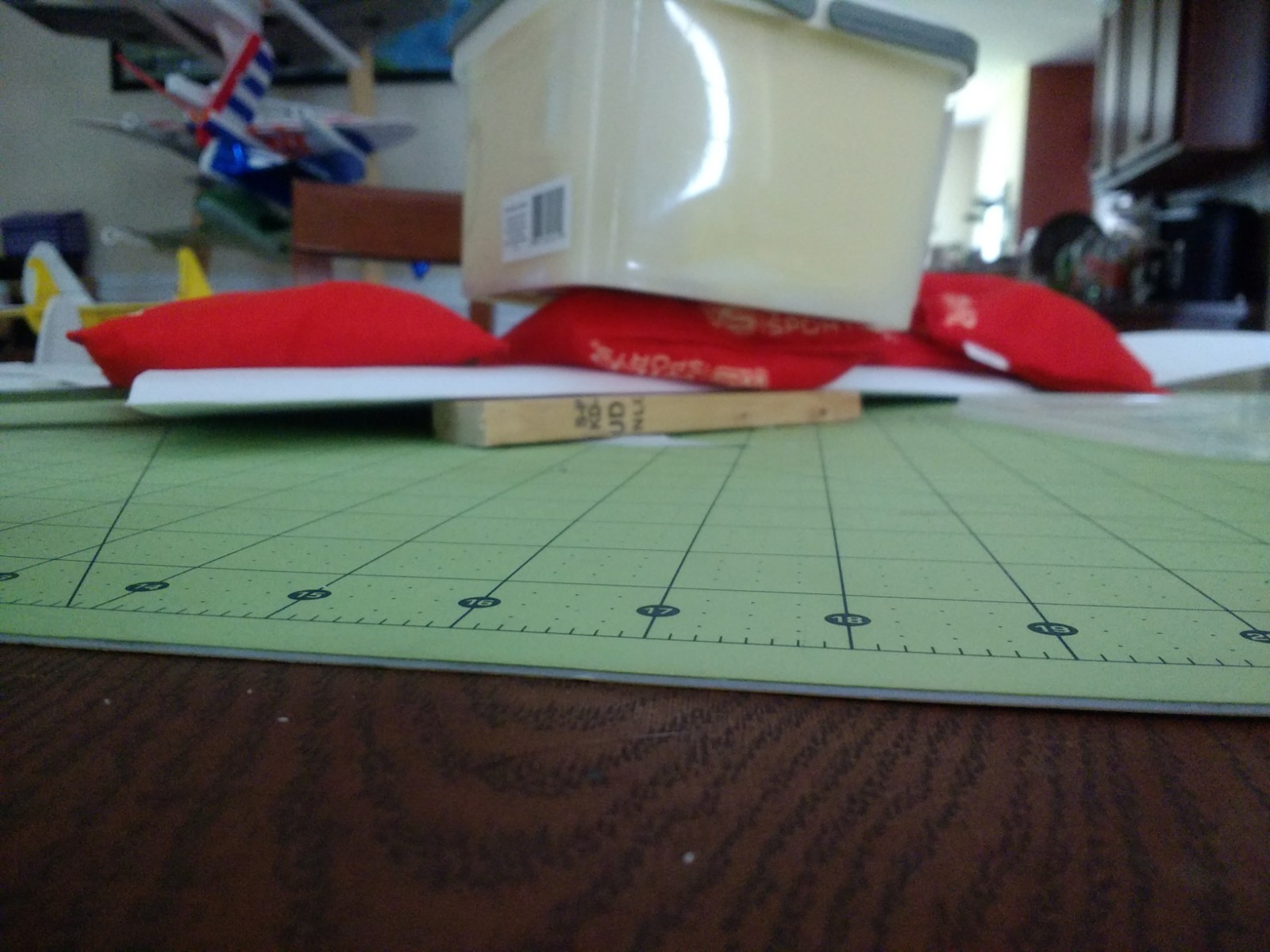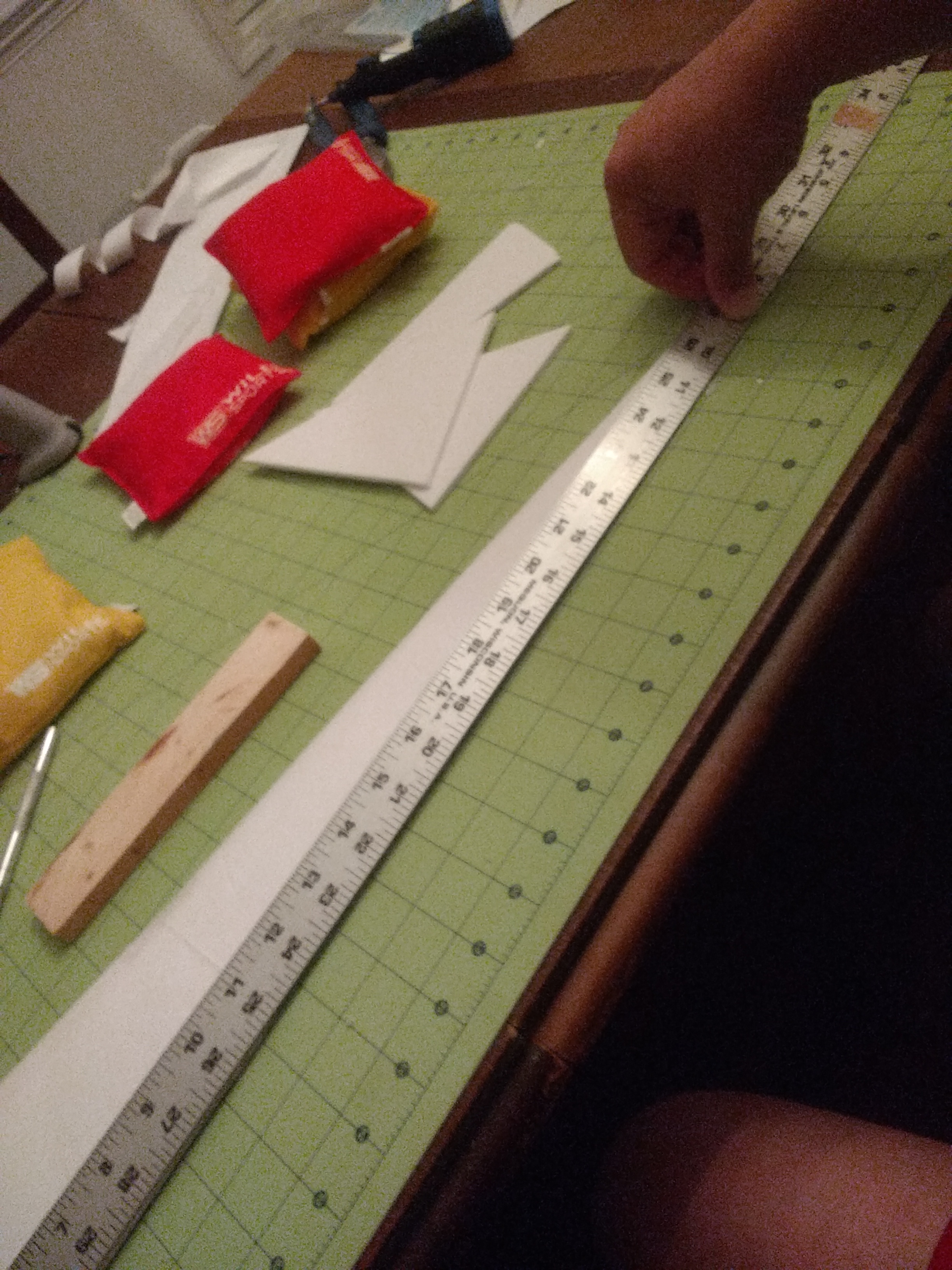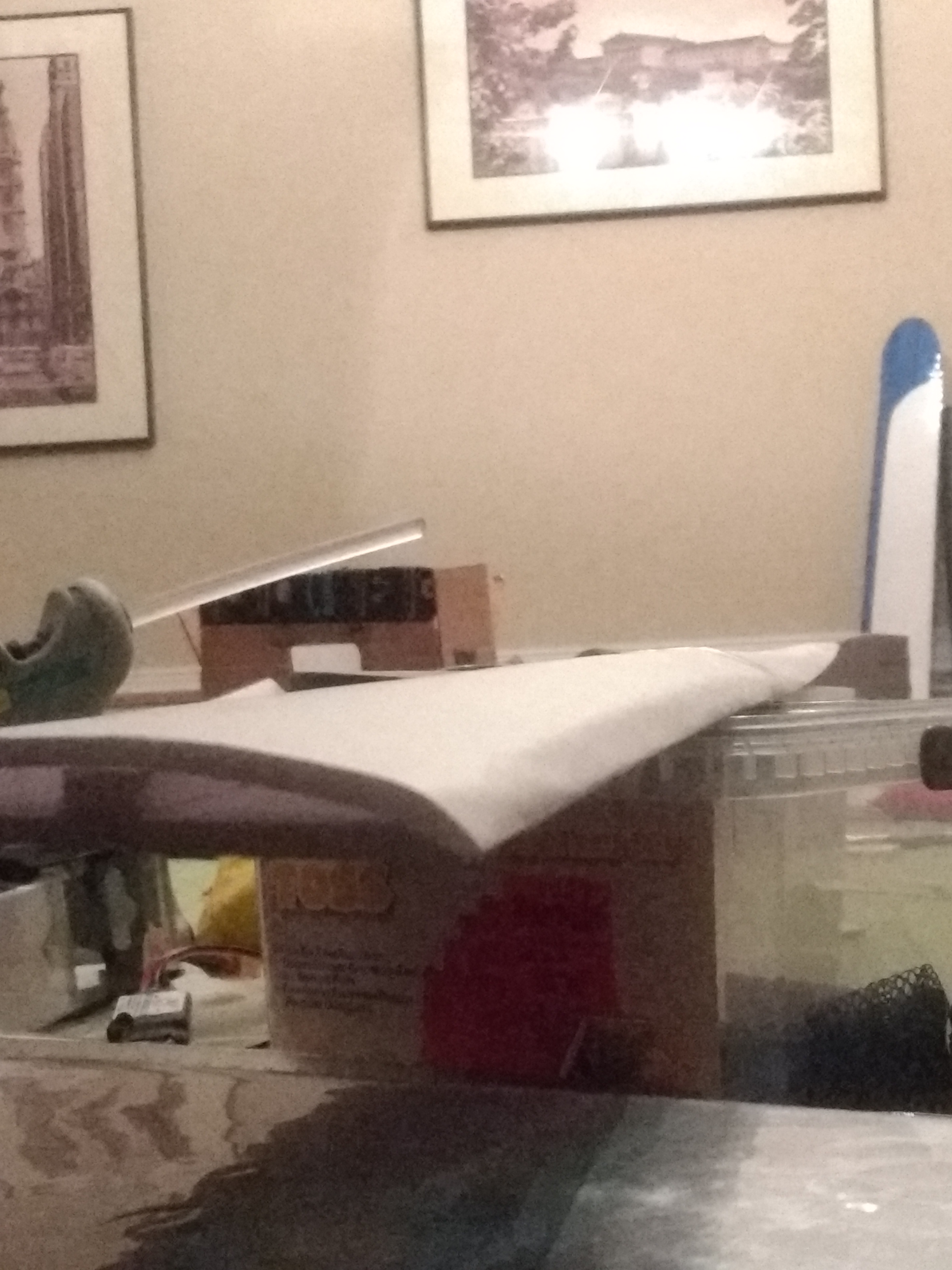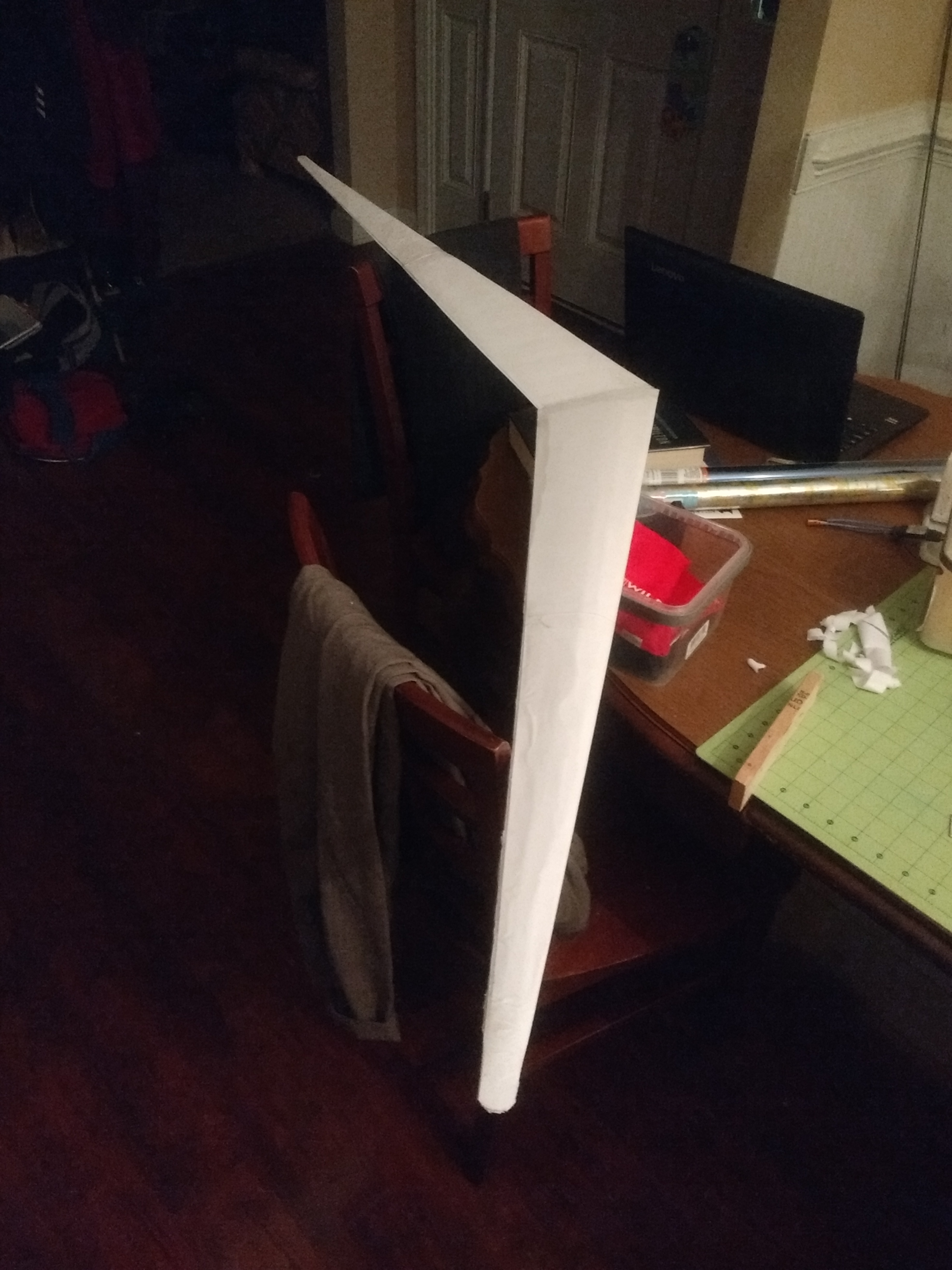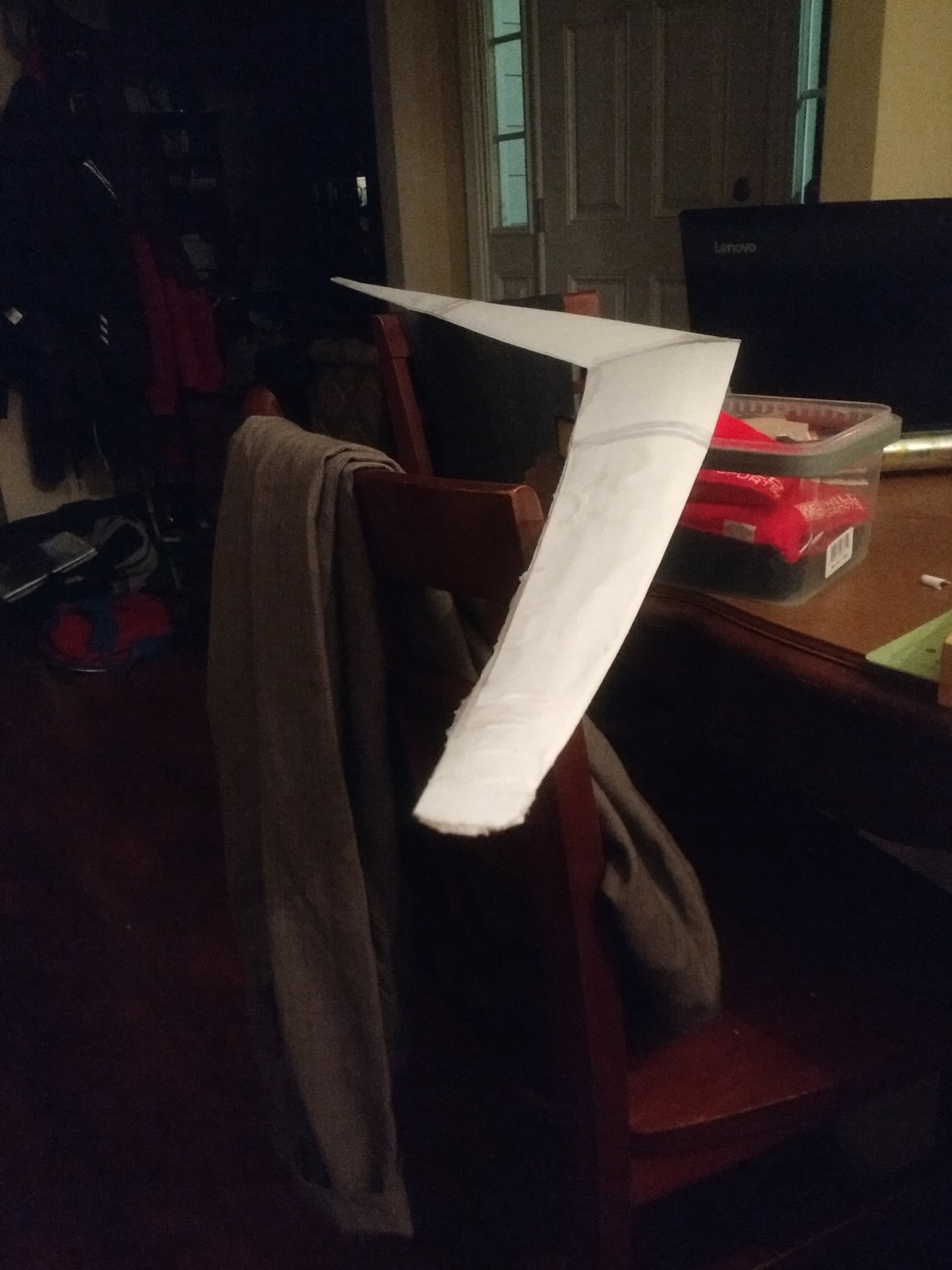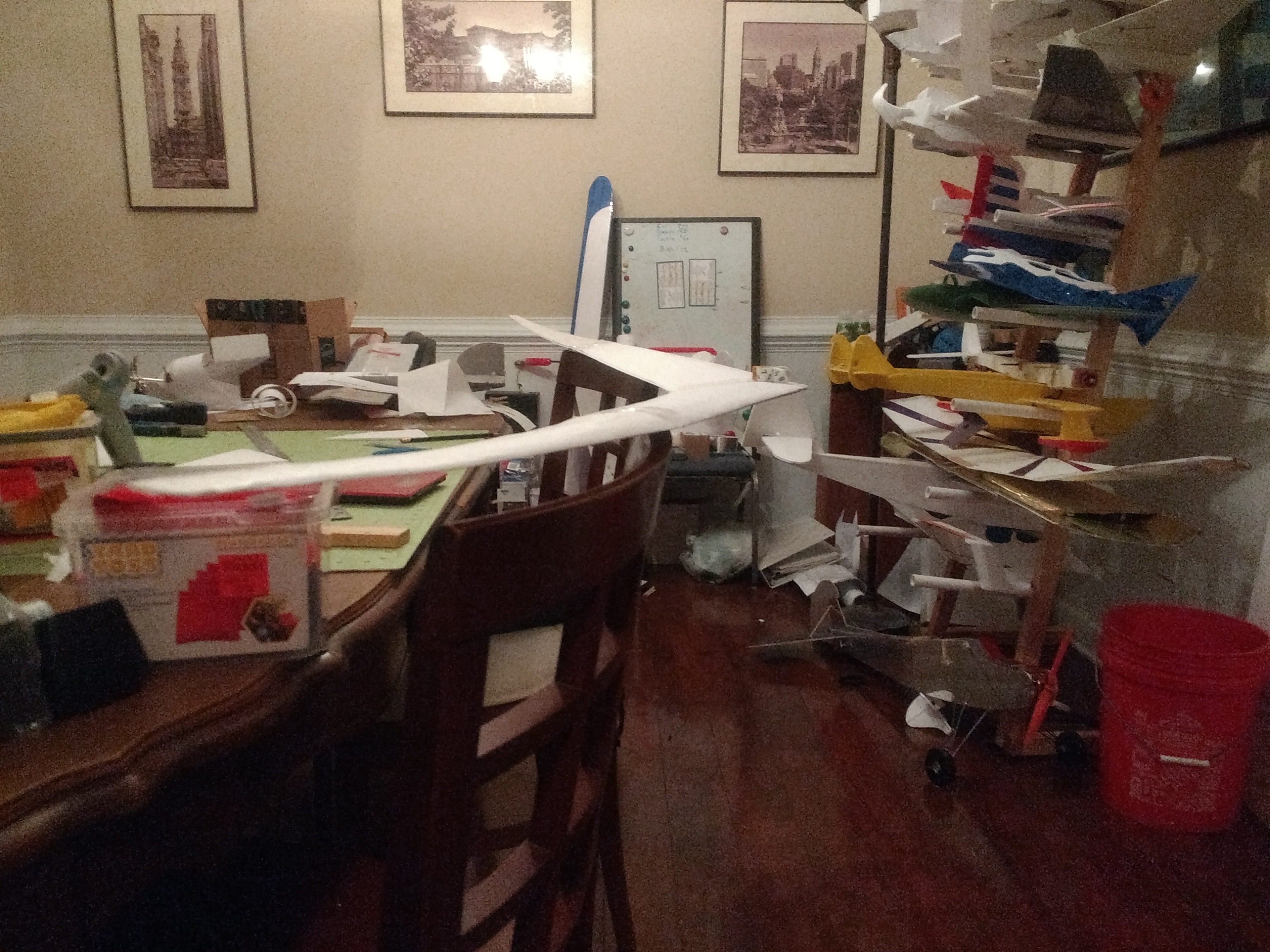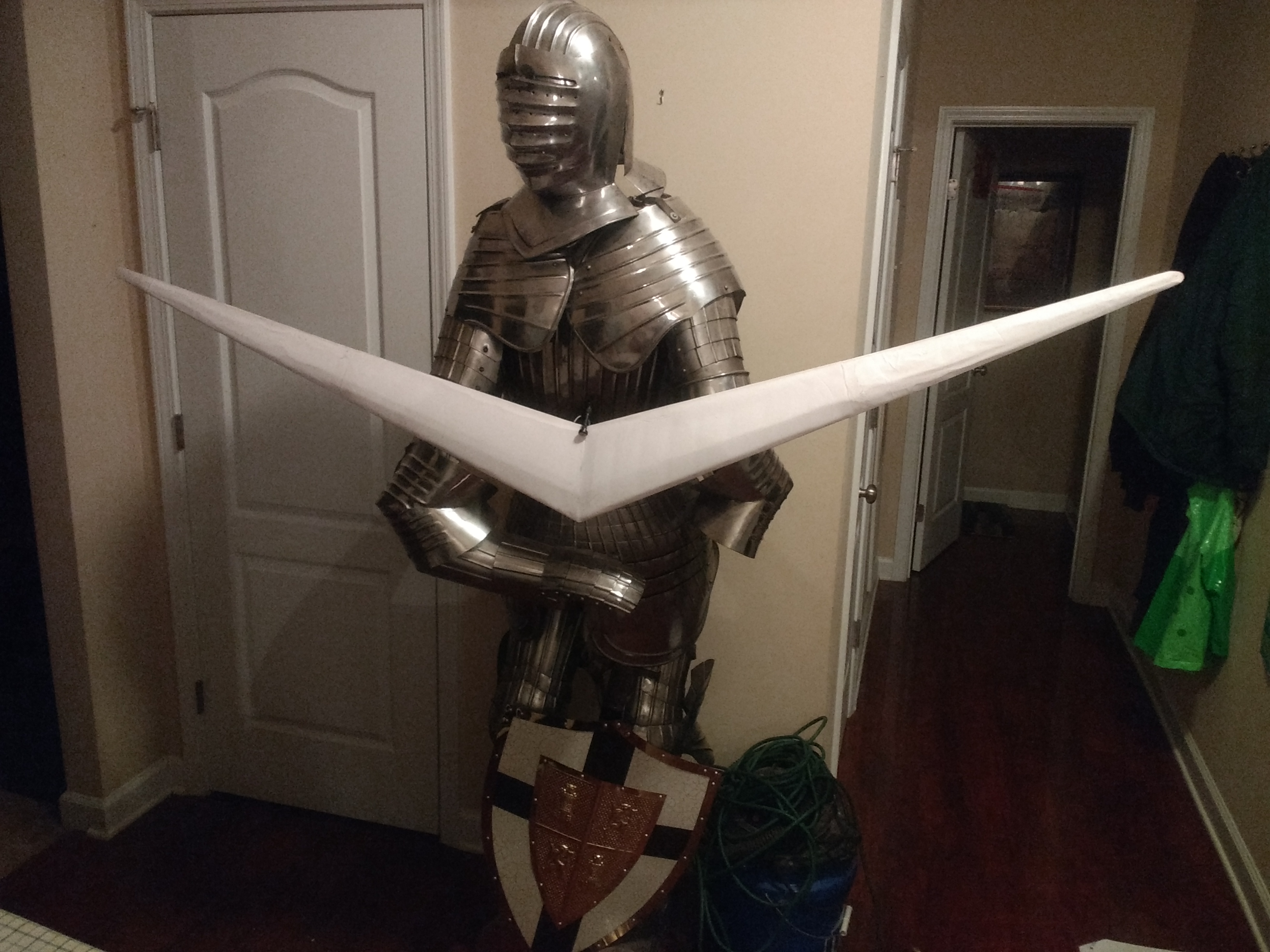This is Reserved for my Attempt to build a PRANDTL WIng as featured on an FTCC when they spoke with NASA engineer. The one that flies with *proverse* Yaw
I looking into it here: http://www.amaflightschool.org/PRANDTL and https://www.nasa.gov/centers/armstrong/news/FactSheets/FS-106-AFRC.html
and of course the link of the nasa site showing the summer inters building a fiberglass one.
and looked through the White paper from NASA.
From the White Paper:
There is enough information there for anyone to build this sucker. and the AMA site as the IGS files (whatever they are)
but I took the paper coordinates and ploted it in EXCEL xy graph. and got this:

I'll continue working on the wingtip section...
4/29/19 Edit:

as you can see it is symmetrical.
Then they have a table describing the Wing's twist over the wing length broken into 20 sections. 0 is the base 20 is the wingtip

 <-Wing Tip Config from AMA site
<-Wing Tip Config from AMA site
With a 12.3 ft Wing Span, The base is chord 15.75" and 3.94" tip chord, with a 2.5° dihedral, with a 24° sweep (<- edit 4/29/19)
I think I will make mine 9ft. that will make each half 4.5 ft and should fit in my Toyota Yaris Trunk.

Project Goals:
Phase 1 - Build a working version per the paper with the same wingform, and twist as prescribed using DTFB.
Phase 2 - See if this can be replicated using basic FT build technique and styling so EVERY wing lover can use it.
Phase 3 - apply it to other planes... and remove the Vertical Stabilizer
I looking into it here: http://www.amaflightschool.org/PRANDTL and https://www.nasa.gov/centers/armstrong/news/FactSheets/FS-106-AFRC.html
and of course the link of the nasa site showing the summer inters building a fiberglass one.
and looked through the White paper from NASA.
From the White Paper:
There is enough information there for anyone to build this sucker. and the AMA site as the IGS files (whatever they are)
but I took the paper coordinates and ploted it in EXCEL xy graph. and got this:

I'll continue working on the wingtip section...
4/29/19 Edit:

as you can see it is symmetrical.
Then they have a table describing the Wing's twist over the wing length broken into 20 sections. 0 is the base 20 is the wingtip

 <-Wing Tip Config from AMA site
<-Wing Tip Config from AMA siteWith a 12.3 ft Wing Span, The base is chord 15.75" and 3.94" tip chord, with a 2.5° dihedral, with a 24° sweep (<- edit 4/29/19)
I think I will make mine 9ft. that will make each half 4.5 ft and should fit in my Toyota Yaris Trunk.

Project Goals:
Phase 1 - Build a working version per the paper with the same wingform, and twist as prescribed using DTFB.
Phase 2 - See if this can be replicated using basic FT build technique and styling so EVERY wing lover can use it.
Phase 3 - apply it to other planes... and remove the Vertical Stabilizer
Last edited:


